Giving art a Queer voice
(Un)Defining Queer at the Whitworth
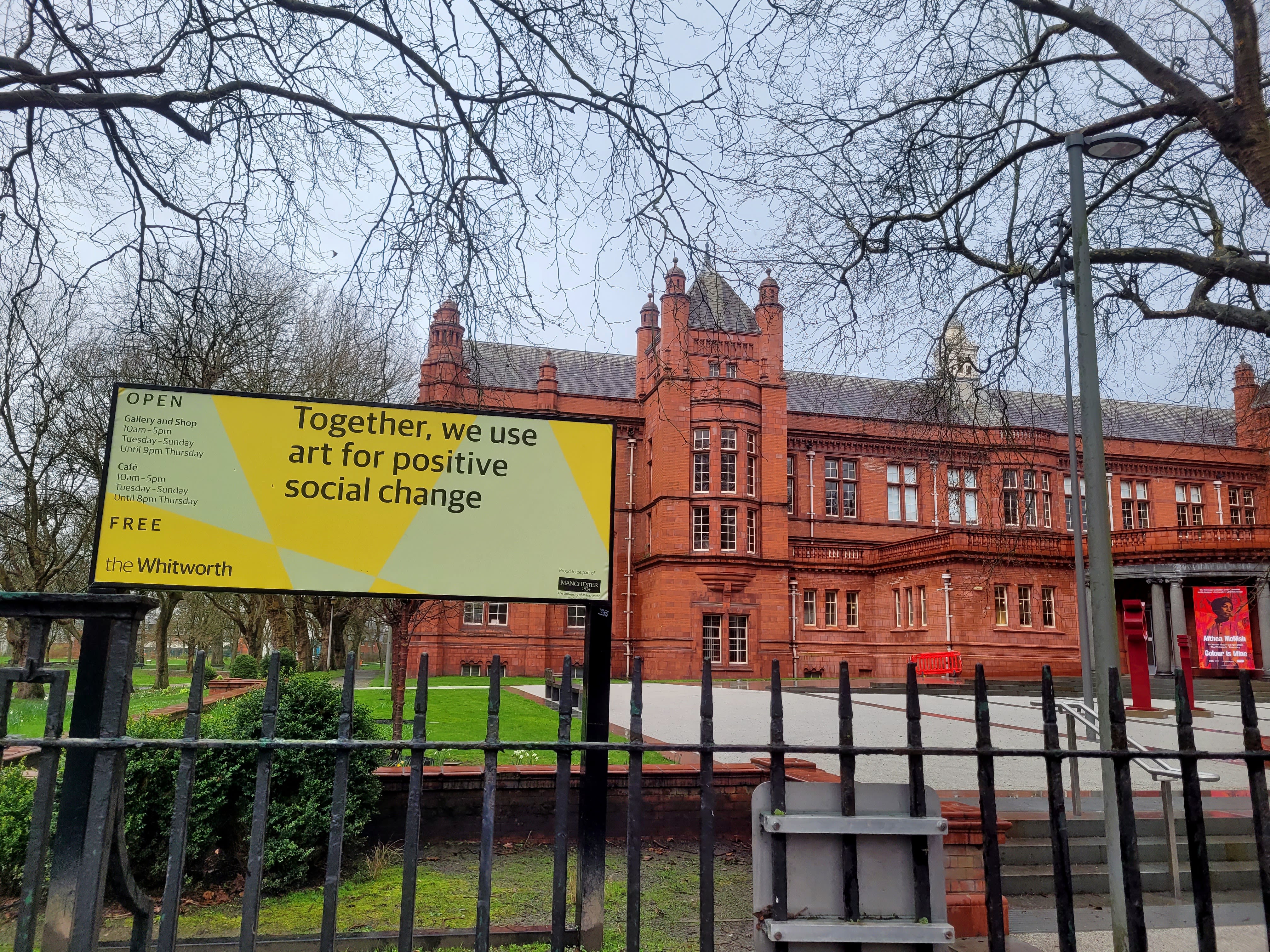
A new exhibition is showing smaller galleries that they can do something Queer with their collections...
Acceptance and equality mean different things to different people, for the Queer community, it's so much more than just having marriage equality, it's the way they see themselves represented in the world around them. There is no one way to be Queer, and The Whitworth Gallery challenges usual museum practice to put the diversity of Queer voices at the forefront of their newest exhibition, (Un)Defining Queer.
Heavily featuring the Institution's heritage collection, alongside some more modern pieces. The exhibition looks at the works with a queer lens through the use of a 'constituent group'. Having gathered local members of the LGBT+ community to offer ‘readings’ of the art, their perspectives are exhibited alongside, as art in itself.
There is a significant importance to look at historical art through a queer lens, as due to historical negative attitudes towards the LGBT community, we don't always have a definite answer to if artists were queer or not, as they may have had to hide their identity to survive, or not had the language to describe themselves in the way that we do now.
Co-Curators Dominic Bilton and Imogen Holmes-Roe teamed up to put on the constituent exhibit after Imogen had worked on another exhibition. Dominic had been working on a project called 'Queering the Whitworth' since 2018.
"It was just a series of tours around the gallery. I'd pick out works with a narrative to it, looking at it through a Queer lens on social media," Dominic says, but he was very aware of his position as a white gay man and that his voice was the only one heard.
"I was sick of seeing my own face on all the social media posts." His desire to use constituent practice to bring more of a diverse perspective to the Whitworth's collection brought the exhibition as we know it now, to life.
“So we did a call out for participants through the LGBT Foundation” Dominic says,
The process of creating the exhibition challenged usual gallery processes by involving a group of LGBT+ people, exploring narratives and language around the queer community, both recently and historically. Roma Havers, the learning manager for The Poetry Library was involved in leading these sessions, as the project began with the intention to enable the catalogue to be searched using identity terms, like ‘Queer’ and ‘Gay’.
The constituent way of working with a focus group is useful because it uses a cross section from a very diverse community to inform an exhibition. Imogen says, “It's about working from the bottom up, democratising art. It's about allowing our visitors and our communities to really have a stake in the gallery and in the work that we do, for their voices to be the main voice that you hear, rather than it being the institutional voice."
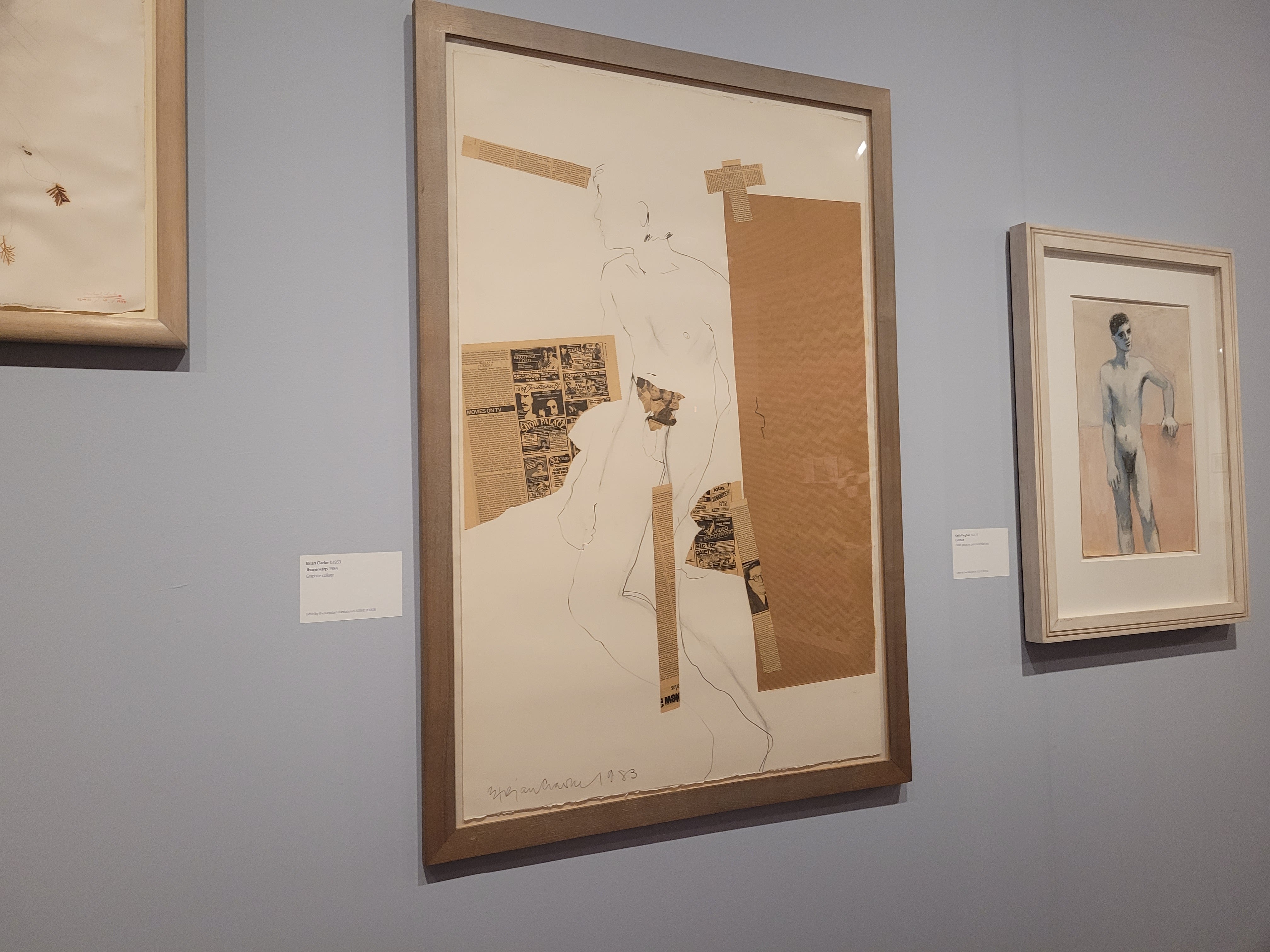
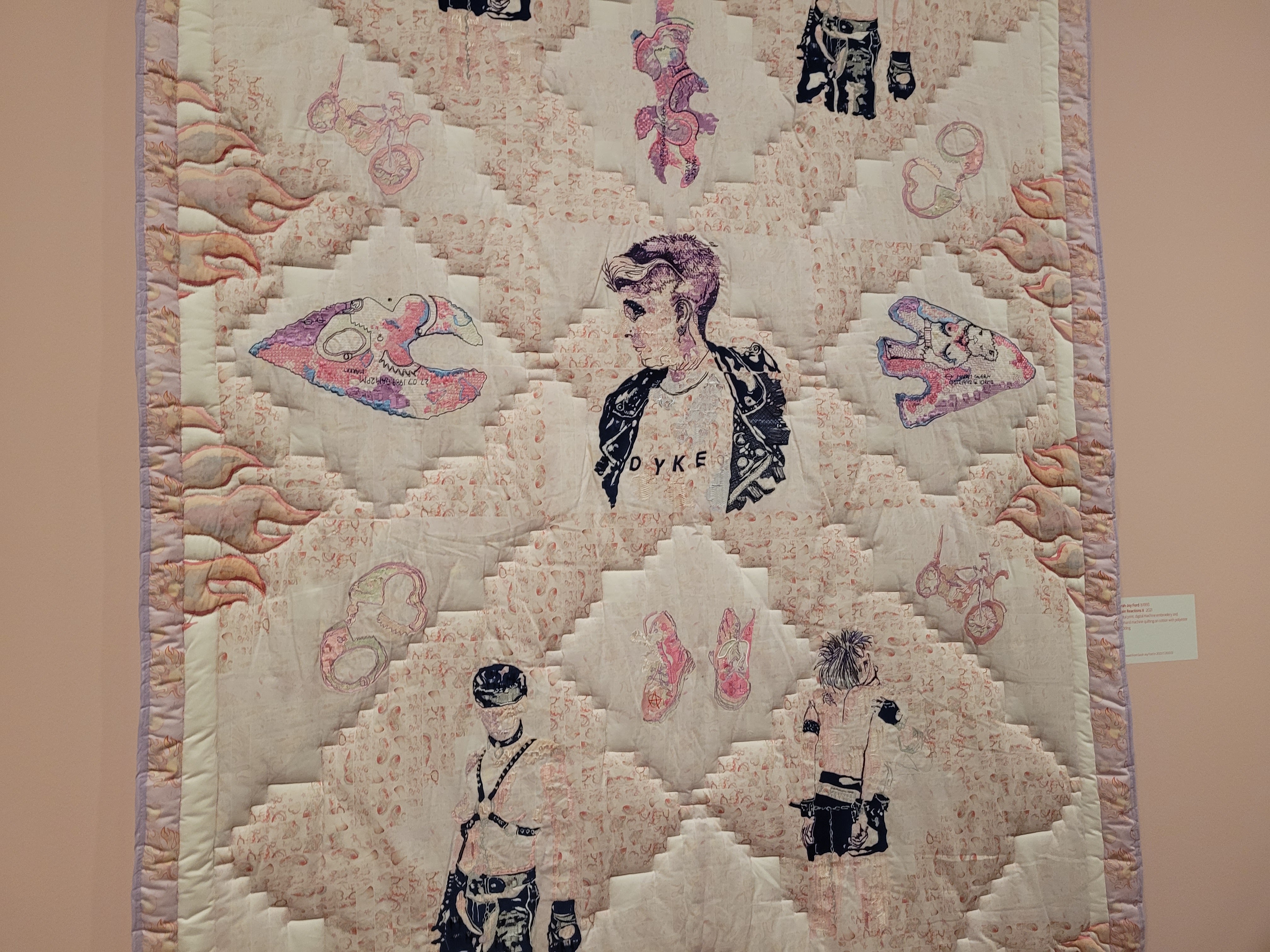

Roma Havers, Learning manager at Manchetser poetry library, talks about the (Un)Defining Queer exhibition at The Whitworth Gallery and how this exhibition will encourage other institutions to read their collections through a queer lens.
Roma Havers, Learning manager at Manchetser poetry library, talks about the (Un)Defining Queer exhibition at The Whitworth Gallery and how this exhibition will encourage other institutions to read their collections through a queer lens.
“It started out as a participant project about queer language and cataloguing,” Roma says “The Whitworth’s collection is a really Victorian collection and I think that allows for thinking about things across time, I think it also gives a language for people who aren’t queer to understand what it means to read things queerly."
The Whitworth gallery has over 60,000 works in it’s collection, some of which are from 1470 and relate to queer culture..
Ibtisam Ahmed, the head of policy and research at the LGBT Foundation, who was involved with the project, says “The initial conversation was just about how to recognise that a lot of these pieces of work have a queer connection. The way a lot of collections across the world are catalogued, those identities and queer connections to artwork don't get collected.”
Dominic Bilton, says "It's our own form of activism, using this collection as a form of social change. It’s the first queer exhibition we've had of this size and It's a really important milestone for the gallery and a really important form of representation for the LGBT+ community."
The exhibition celebrates the variety of art that is meaningful to the LGBT+ community, accompanied by their own voice. Imogen says that she wanted people to “feel as if art could speak to them and their experiences."
The exhibition is as diverse as the community it represents; not only in format, including paintings, wallpaper and textiles, but in colour.
Pink, white and blue champion the walls as a message that this is not the end of the movement, an acknowledgement from the curators that work is still left to do to quash transphobia.
Ibtisam says “We’re seeing a rise in transphobia, and challenges around racism and ableism that continue to affect the communities. The exhibition showcases the richness of experience, it's a reminder that there isn't just one way to be Queer.”
“Something else we worked with The Whitworth on was the safeguarding element, making sure we were approaching this in a way that ensured that people could have vulnerable conversations, without anyone feeling like their identities were being invalidated.” Ibtisam says, “Each session there was at least one LGBT Foundation staff member present.” This was because by exploring intimate, personal topics, people may remember things that cause some distress, like a less than happy coming out story. He added that there were luckily no cases of anyone feeling uncomfortable or distressed during the sessions.
Dominic says “We want people to be activists by the time they come away, to have knowledge of their history, with regards to HIV and AIDS particularly.” He is concerned that younger generations may think it’s confined to history now, saying, “It's still with us. Gay men particularly still live under the cloud of having to take PrEP or PAP, you know, or antiretroviral treatment. It's about bringing those historic narratives to the forefront as well.”
He mentions the comment cards that pose the question “What does queer mean to you?”
He says, “One of the most exciting things to me has been seeing cards that say ‘Oh I'm not part of the community but this is what queer means to me now that I've seen the exhibition…’ That to me is particularly exciting.”
Some of the bigger national museums like The British Museum, the V and A, and The British Library do regular LGBTQ events and have queer collections. But Ibtisam hopes that the exhibition sets a precedent for smaller institutions.
“What I'm hopeful for is that it shows galleries and spaces that might not have the same profile as the British museum, that might have a more niche collection or a specialist approach, that they can still do something Queer with it,” he says.
Part of it was showing the local community that they are represented. Ibtisam also thinks that the exhibition challenges how queerness is expected to exist, “It's in a gallery space, a sober space, a publicly accessible free space. It normalises the queer experience outside of conventionally queer spaces like the gay village.”
Manchester is a notoriously Queer city, hosting the fourth most 'LGBQ+' neighbourhood in the country, according to the 2021 census.
“On opening night we had 1,000 people come through the door within three hours. We had no budget for media or promotion or anything like that, so it was all word of mouth,” he says.
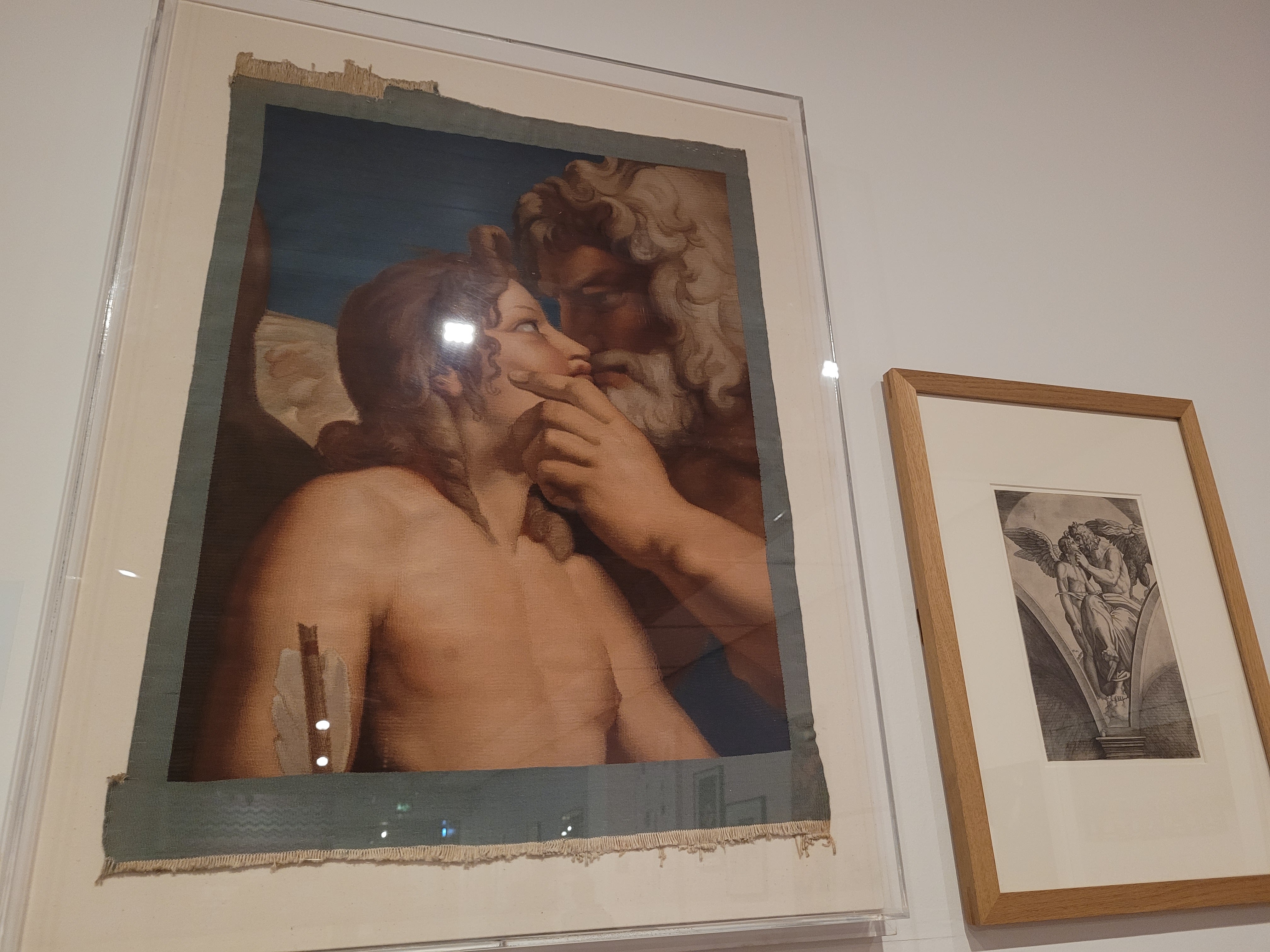
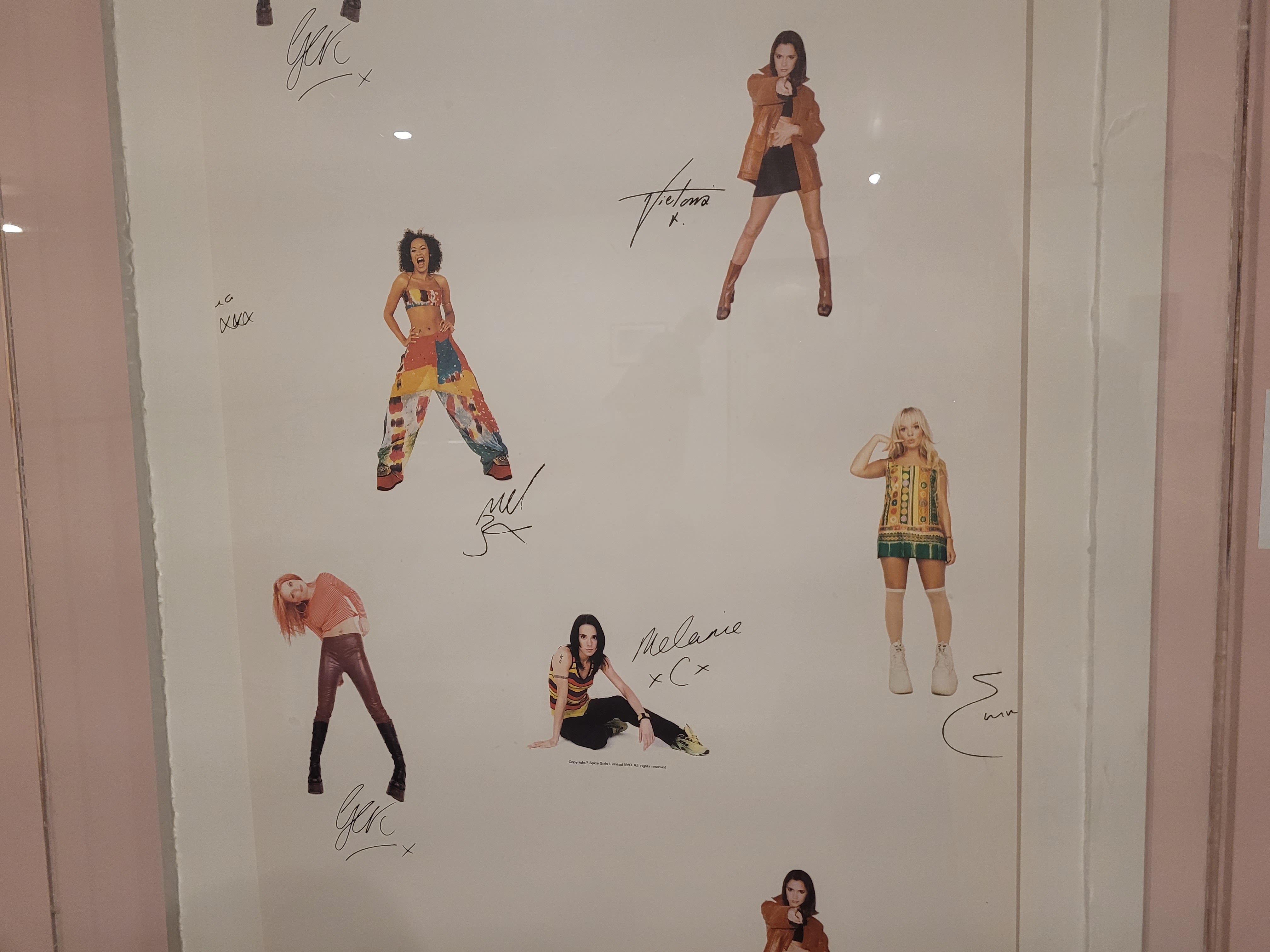
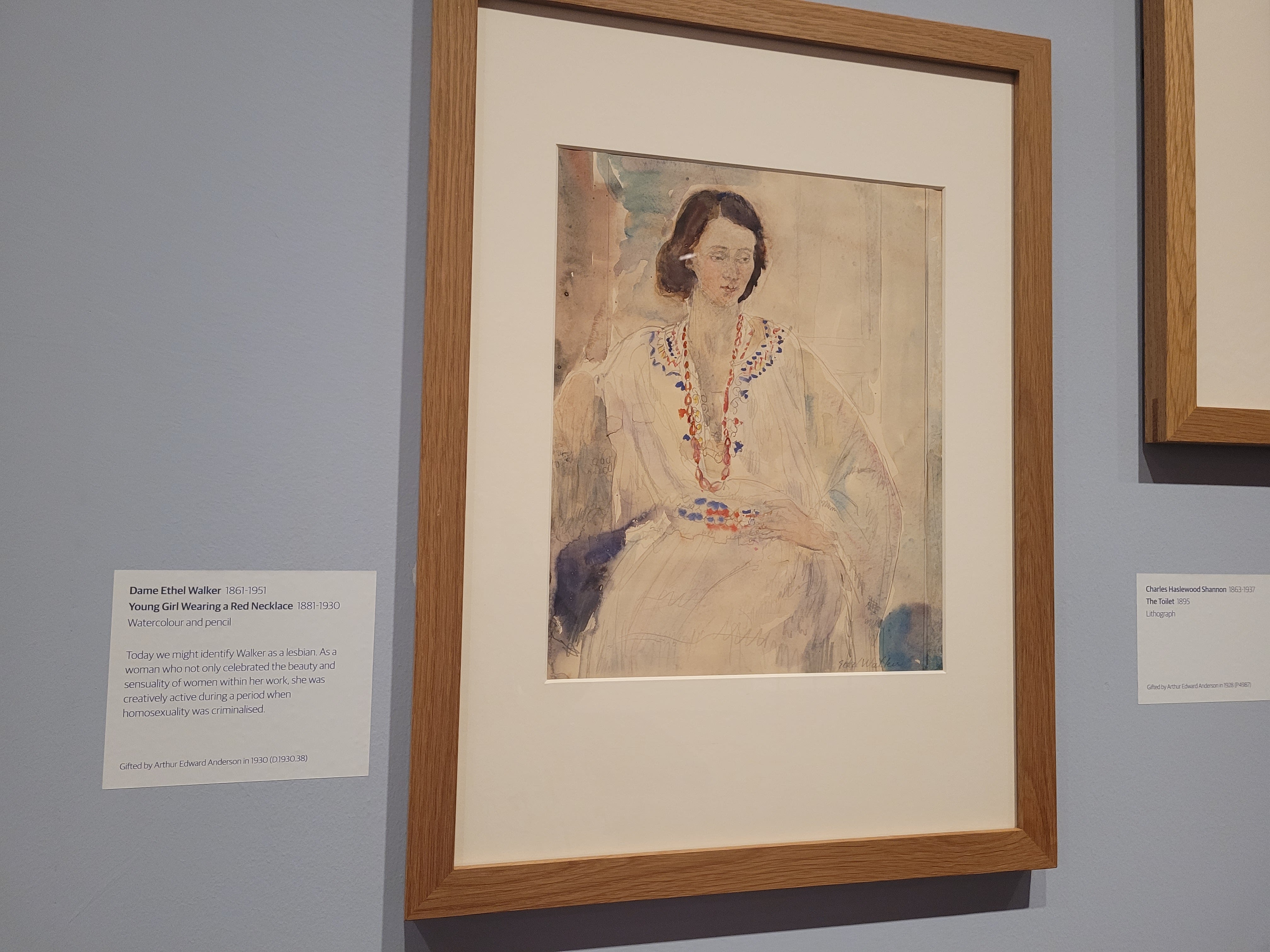
"We want people to come in and feel that they're represented, that they are allowed to look at the same sex in a desiring way, because society often tells us that we can't do that." Imogen says.
The Queer Heritage and Collections Network share that although they encourage museums and heritage organisations to reinterpret their collections in a Queer way, a spokesperson says "it is equally vital that collections policies address the absence of Queer representation through the acquisition of new art.”
The exhibition is a welcome experience. It ties in Queer interpretations with art, allowing us a better understanding of Queer history and the many ways that Queer identity exists in everyday life.
The Queering the Whitworth instagram page is still active, and the (Un)Defining Queer Exhibition is open until the 3rd of December.
If you need support you can visit the LGBT foundation’s website here
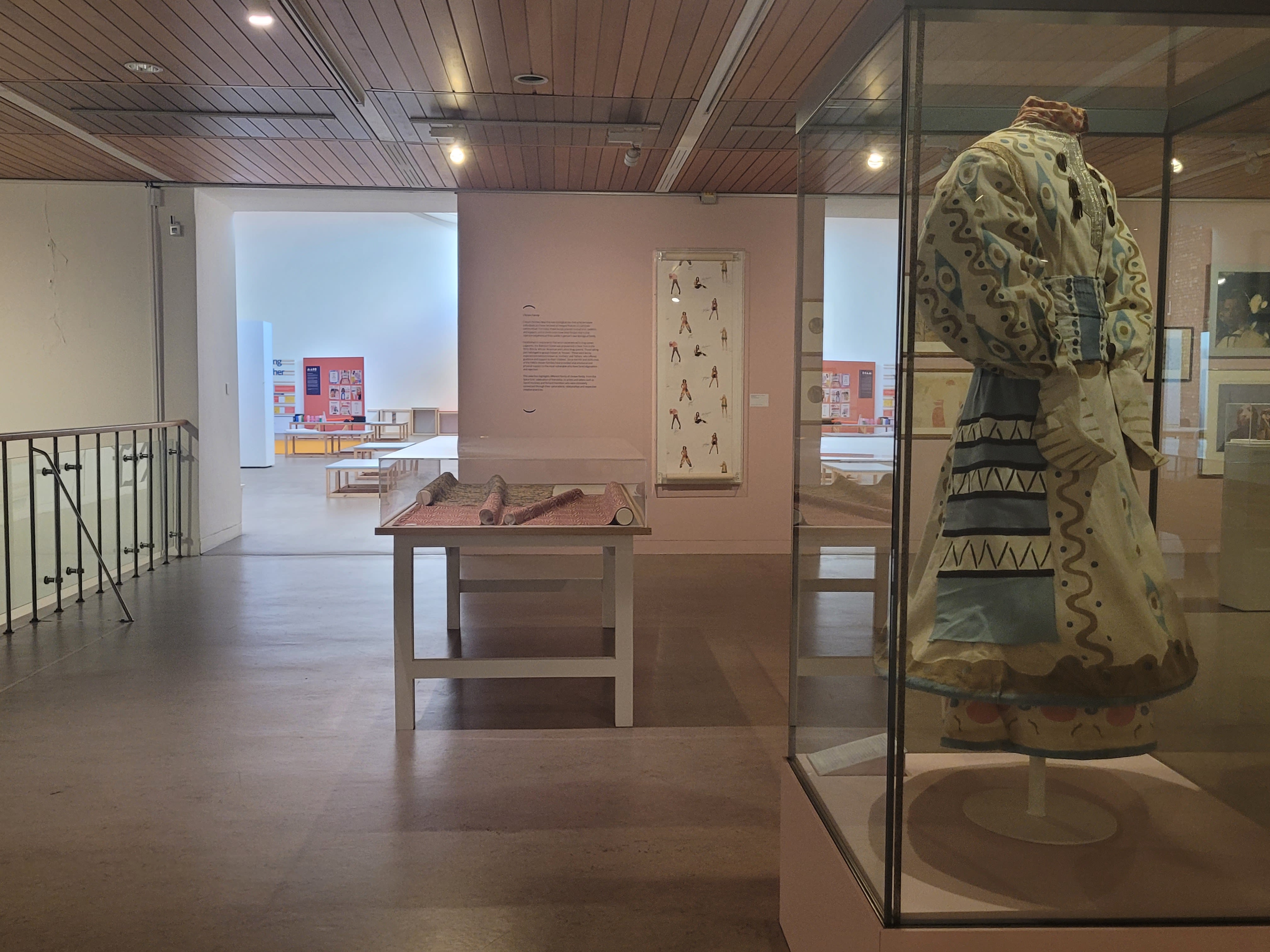
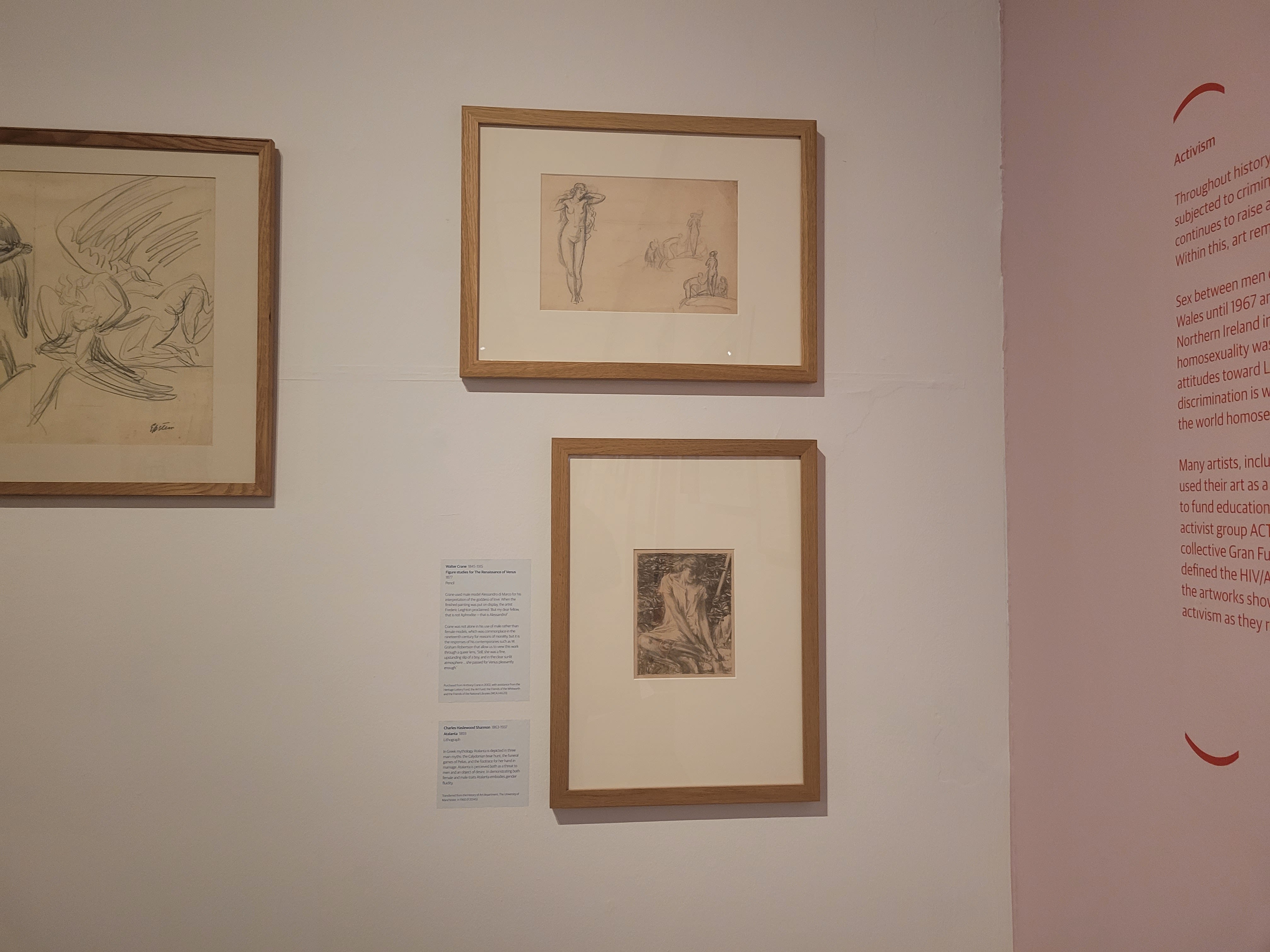
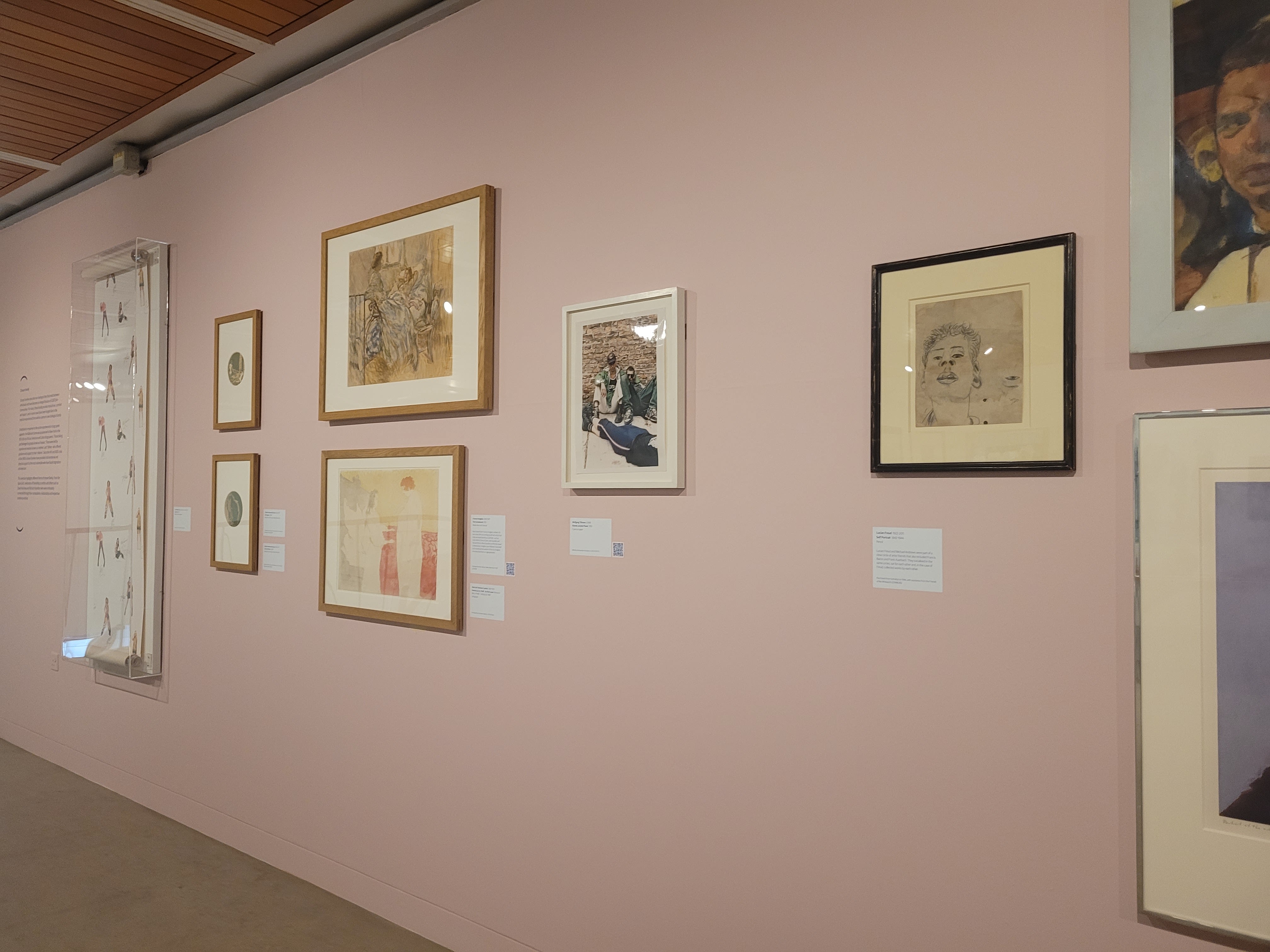
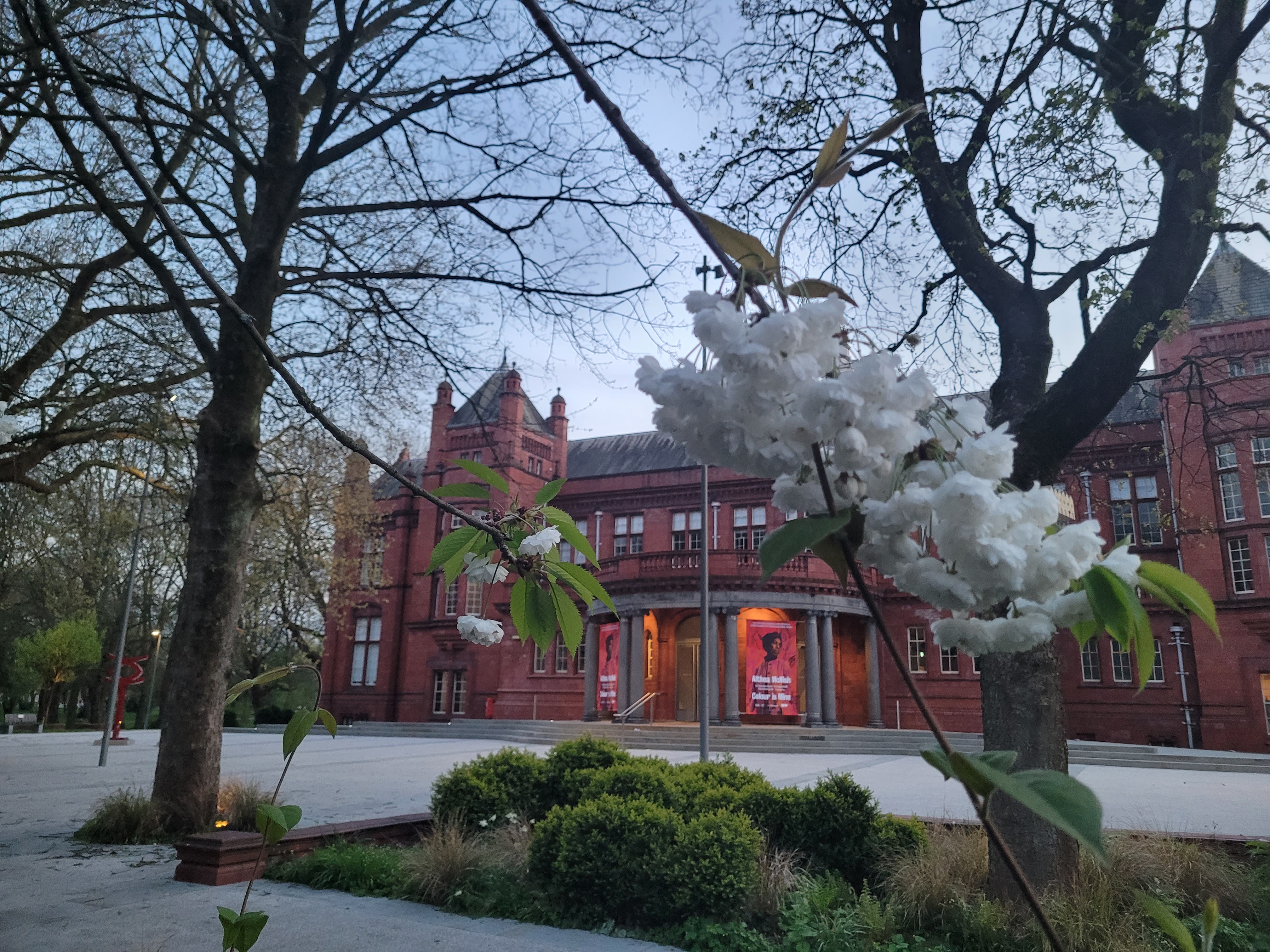
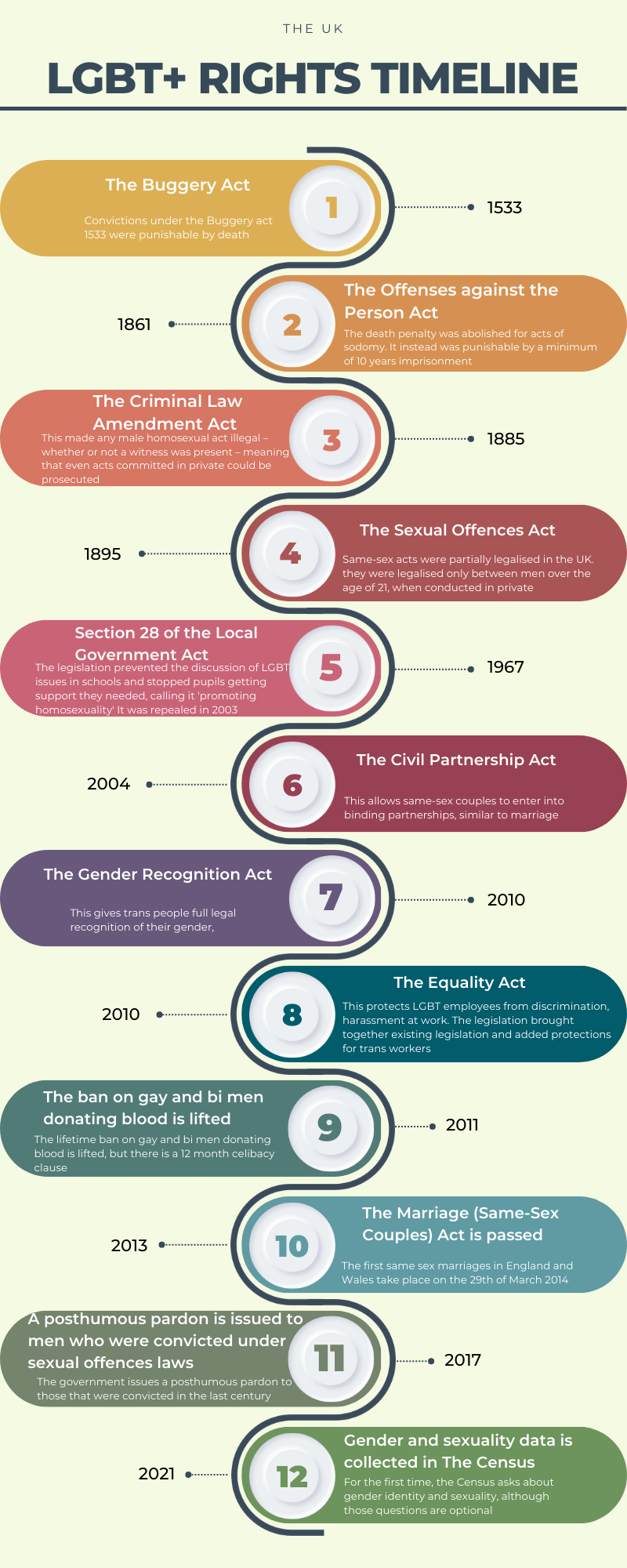
Timeline of LGBT+ rights, 1533 to 2021. Image- Rosa-May Bown Info Source- British Library
Timeline of LGBT+ rights, 1533 to 2021. Image- Rosa-May Bown. Info Source- British Library
